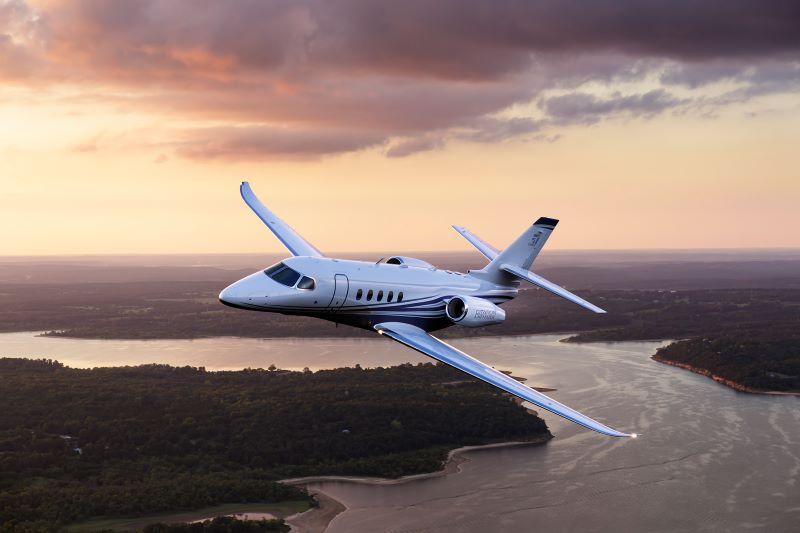
The business aviation fleet in Europe is expected to expand over the next decade from more than 4,200 aircraft in 2023 to 5,682 aircraft in 2032, with large jets leading the growth, according to Aviation Week Network’s 2023 Fleet and MRO Forecast.
The forecast predicts European deliveries of 1,599 business jets and 452 turboprops over the 10-year-period, including 706 large jets, 332 medium jets and 561 small jets, it says, with 54 deliveries of multi-engine turboprops and 398 single-engine turboprops.
The business aviation fleet expansion in Europe represents a 3.4% compound annual growth rate, higher than the world average of 1.3% and exceeding the 3.0% historical rate of fleet growth in the region, the forecast says. The large jet category, the most widespread of the business jet sectors in Europe, is expected to grow at a CAGR of 5.0%, increasing from more than 1,000 aircraft to more than 1,600.
Retirements of business jets and turboprops, meanwhile, are expected to total 6,500 from 2023–2032.
In Europe, the Pilatus PC-12, Embraer Phenom 300 and Pilatus PC-24 are projected to head the list of most-delivered aircraft in the region over the forecast period.
Textron Aviation’s Citation family of business jets, meanwhile, are expected to account for more than 350 deliveries, or 18% of the total. By manufacturer, Textron Aviation is forecast to deliver the most aircraft in Europe over the 10-year-period with about 25% of the total deliveries, with Gulfstream and Bombardier capturing a market share of more than 10% in the region.
Deliveries of Textron, Gulfstream and Bombardier aircraft in Europe are predicted to be the most popular in the region, with deliveries worth $45.3 billion over the 2023-2032 period at retail prices.
The active business aviation engine fleet, meanwhile, is expected to rise to just over 10,500 active engines, the forecast projects.
European business aviation engine maintenance, repair and overhaul expenditures are forecast to rise at a 4.8% CAGR through 2032, with a total demand of $20.8 billion in constant U.S. dollars, driven by more than 8,500 maintenance events, it says.
When utilization levels are indexed to the equivalent month in 2019, the data shows that soon after the coronavirus outbreak, the small jets and turboprops had returned, in fact they exceeded, 2019 utilization levels by July 2020, says Daniel Williams, Aviation Week’s UK-based senior manager of fleet, flight and forecast data.
It took until May and July 2021 for medium and large jets respectively to return to equivalent month 2019 utilization levels.
“The business aviation sector has been one of the few bright stars of the pandemic, and we have seen some of that utilization begin to fall and then plateau over the last 6-9 months,” Williams says. “Whilst it’s not good news that the utilization has dropped, the large and medium jets are still 12% higher than 2019 levels, small jets and muti-engine turboprops are around 25% higher, and single-engine turboprops are 60% higher.”
The single-engine turboprop numbers are helped with the growing number of aircraft being delivered into the sector, and the multi-engine turboprops are inversely affected with the slowing number of twins being delivered.
“Whilst the business aviation bubble hasn’t exactly ‘popped’, some of the air has been let out, but there’s still enough left in there to keep it in a better position than 2019,” Williams says.





